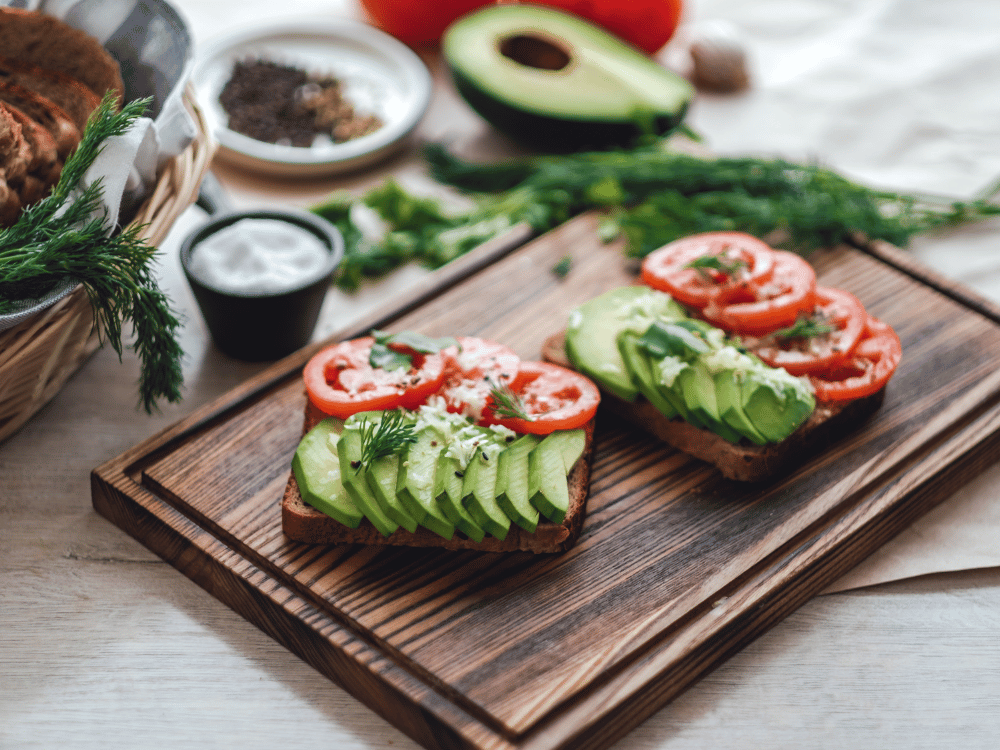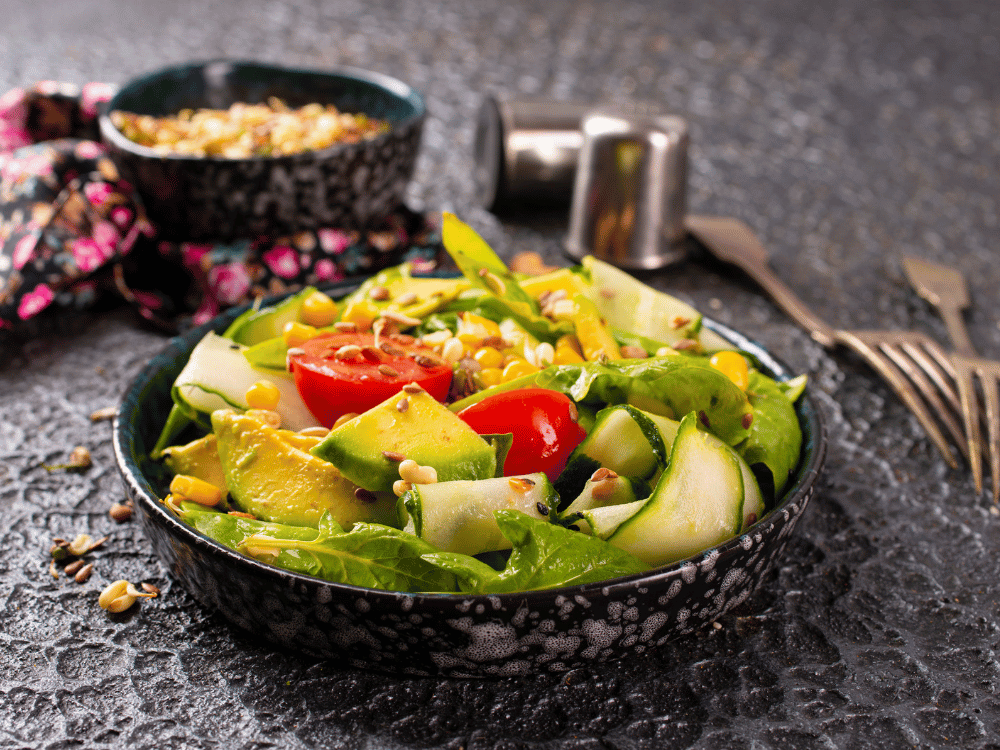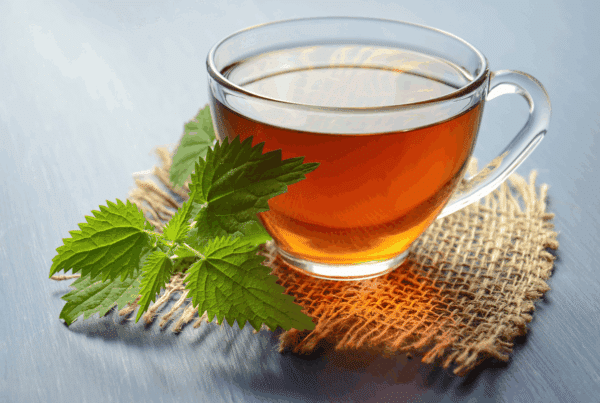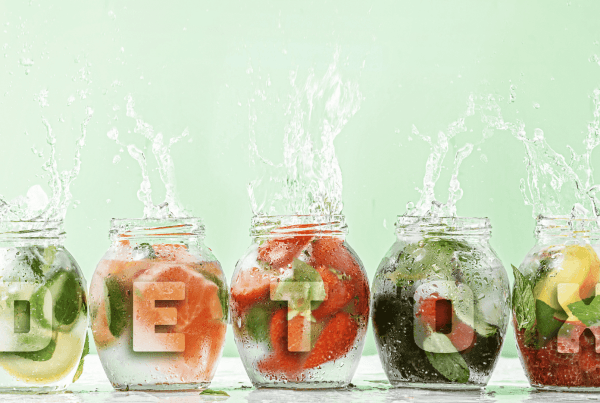When I decided to become a vegan a few years ago, many were skeptical. I think this is mainly because most people thought that my diet would be limited to salad and fruit, which is a very common misconception. When I created my personal vegan diet plan for weight loss, I tried to include as many different foods as possible, primarily to balance macronutrients.
My experience of going vegan was completely different from what everyone told me. Not only did I start to feel more energetic and healthier, but I also lost a few pounds. In fact, going vegan has helped me become more aware of the foods I put into my body and make changes that have helped me achieve the slim figure I've always wanted.
Benefits of veganism for weight loss
Veganism means excluding all animal products from the diet, including meat, dairy products and eggs. Often these foods contain a high level of fat, which brings with it an increased level of calories. Going vegan can have several benefits when it comes to weight loss:
Lower calorie intake
Plant foods often contain fewer calories per serving than animal products. This means you can eat larger amounts of food, but with fewer calories, which can make it easier to maintain the calorie deficit needed to lose weight.
Higher fiber intake
Fruits, vegetables, legumes and grains, which are the main part of a vegan diet, are rich in fiber. Fiber helps keep you feeling full, which can help control your appetite and prevent overeating.
Lower saturated fat intake
Vegan diets tend to be lower in saturated fat, which is often linked to obesity and other chronic diseases.
Increased consumption of micronutrients
A vegan diet is rich in vitamins, minerals and antioxidants, which can help improve metabolic health and support weight loss.
Encouraging healthier choices
Switching to a vegan diet often encourages people to think more about the food they consume and make healthier choices, which can indirectly help with weight loss.
However, it is important to note that simply switching to a vegan diet does not guarantee weight loss. It is still possible to consume too many calories or too many processed foods on a vegan diet.
The key to successful weight loss on a vegan diet, as on any other diet, is eating a balanced diet rich in whole foods and controlling portion sizes. It is also important to include regular physical activity and other healthy lifestyle habits.

Weight loss diet plan
When I first switched to a vegan diet, it was a bit difficult to adjust to. However, once I made a meal plan and started sticking to it, it was much easier. Here are some tips that helped me create a diet plan that helped me lose weight.
1. Planning meals in advance
Planning your meals ahead of time is key to success. Every week I would make a meal plan for the whole week and buy all the necessary groceries. It helped me stick to my plan and not reach for junk food when I was hungry.
2. Balancing macronutrients
Balancing macronutrients is also very important. Macronutrients are carbohydrates, proteins and fats, each of which plays an important role in our body.
For example, carbohydrates are the main source of energy, proteins are necessary for building and maintaining muscles, and fats are important for the absorption of vitamins and minerals. That is why it is important that each meal contains a good balance of all macronutrients.
3. Increasing intake of fruits and vegetables
Fruits and vegetables are a key part of any vegan diet. They are rich in fiber, vitamins and minerals, and are also low in calories. I tried to have at least one serving of fruit or vegetables in each meal. I haven't been in the habit of eating fruit regularly in the past, so creating a meal plan like this helped me start practicing this very healthy habit.
4. Including a source of protein in every meal
Proteins are very important for weight loss because they help build muscle. In the beginning I had a problem finding enough sources of protein, but I soon realized that there are plenty of them in a vegan diet. For example, legumes, tofu, tempeh, seitan, nuts and seeds are excellent sources of protein. Also, there are various plant-based proteins which can significantly help achieve the desired results.
5. Drink enough water
Water is essential for the proper functioning of our body, and it also helps with weight loss. It helps keep you hydrated and also helps you feel full. I tried to drink at least 8 glasses of water a day, but depending on your constitution, it could be more. Also, don't forget to plant-based milks they can be a great choice if you want to increase your fluid intake without unnecessary calories.

Tips for meal planning
Diet planning is key to successful weight loss. Here are some tips that can help you plan your diet for weight loss:
Set realistic goals.
Your weight loss goal should be realistic and sustainable. A loss of 0.5-1 kg per week is considered safe and sustainable weight loss. It is only important that you pay attention to the fact that you always measure yourself as soon as you get up in order to eliminate large variations due to water retention in the body.
Diversity is key.
Include a wide variety of different foods in your diet to ensure you are getting all the nutrients you need. This includes fruits, vegetables, whole grains, legumes, nuts, seeds, lean proteins and healthy fats.
Focus on whole foods
Whole, unprocessed foods should be the foundation of your diet. These foods are usually lower in calories and very rich in nutrients.
Portion control
Eating large portions, even of healthy foods, can prevent weight loss. Use portion measurements or use smaller plates to control portion sizes.
Regular meals
Don't skip meals. Regular meals and snacks can help control hunger and prevent overeating.
Hydration
Drinking plenty of water throughout the day can help keep you hydrated and can help control your appetite.
Planning ahead
Plan meals and snacks in advance and prepare food at home whenever possible. This allows you to control ingredients and portion sizes.
Pay attention to the "hidden" calories
Sauces, dressings, drinks and snacks can add a lot of calories without you even realizing it. Be aware of all the calories you consume.
Physical activity
Regular physical activity is key to losing weight and maintaining a healthy weight. Aim for at least 150 minutes of moderate physical activity per week.
Adaptability
Your diet plan should be flexible and adaptable to your lifestyle. This will make it sustainable in the long run.
It is important to note that there is no "one size fits all" approach to weight loss. Calorie and nutrient needs vary from person to person.

Sample menu for a vegan diet plan
Here is an example of a very varied one-day menu for weight loss according to my diet plan:
Breakfast:
- Banana, strawberry, oat milk and chia seed smoothie
- 2 slices of wholemeal bread with avocado
Snack:
- Apple
- A handful of nuts
Lunch:
- Mixed vegetable salad with hummus and pita bread
- A serving of cooked quinoa
Dinner:
- Tofu fried in soy sauce with vegetables
- A serving of brown rice
Snack:
- Fruit salad
- A glass of almond milk
The goal of this example is to give you an idea of what foods you can include in your diet plan, but remember to adjust the portion sizes yourself.
Conclusion
Veganism can be a great way to slim down. Not only will it help you lose weight, but it will also help you feel more energetic and healthy. The key is meal planning and balancing macronutrients.
I hope my experience and advice will help you achieve your goals. Just don't give up and you will surely achieve your desired results!









